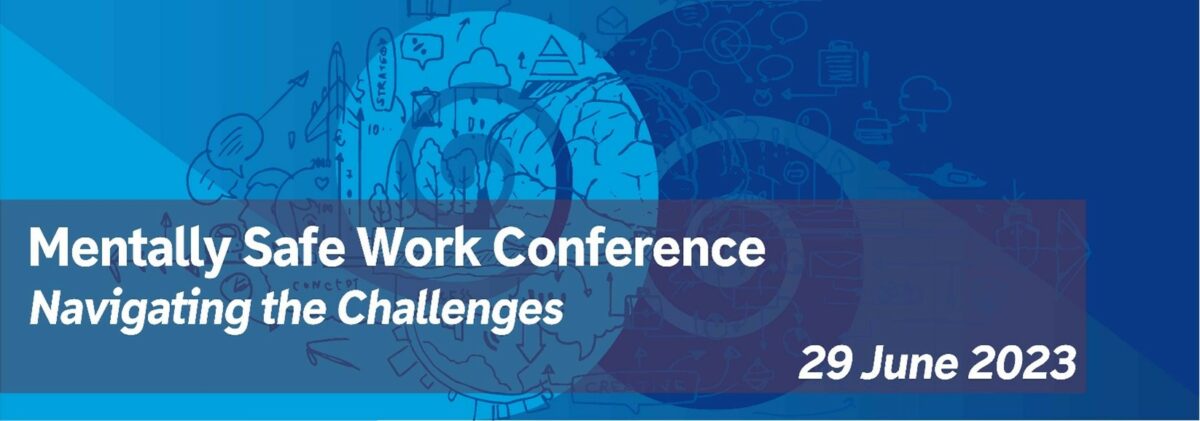The Challenges of ‘mentally safe work’

The Challenges of ‘mentally safe work’
The Health and Safety at Work Act (2015) runs to 193 pages, and with approximately 400 words per page, there is a total of around 50,000 words. And yet the word ‘mental’, meaning psychological, only occurs twice. Once is in reference to ‘mental fatigue’ alongside of ‘physical fatigue’ as a hazard. This makes sense and raises no eyebrows.
The second mention has a bit more punch. The definition section of the act states that the word ‘health’ refers to both physical and mental health. This means that whenever the word ‘health’ appears, it must be read to include both physical and mental components. Thus, the concept of mental safety (or psychological safety or psychosocial safety) has equal footing under the act as does physical safety. This has far-reaching consequences in that we must assess and mitigate psychological hazards and risks in the same way we do the physical ones.
This may sound simple and straightforward, but there are a couple of key challenges.
One of these is navigating two differences between physical and meant wellbeing. Firstly, physical wellbeing is relatively easy to identify and measure. Physical injury is binary, you are either physically injured or not. We can see physical injury and have a good idea about how a recovering is progressing. However, mental wellbeing exists along a continuum from unwell to thriving, and where an individual sits on the scale can change at any given instant. It is often hard to see or measure, and people can be reluctant to share their mental state with others.
The second difference is that mental wellbeing is subjective. Two individuals can respond completely differently to the same hazard. This can depend on a large range of factors, including age, gender, experience, and culture. The only measure of where you are at any specific time is internal. There is also difficulty in determining if some behaviors and actions may or may not constitute bullying, harassment, discrimination, and stress inducing given this subjective nature.
Despite these differences, there are many important similarities. Both physical and mental health can be influenced by a single event or long-term exposure. Both can result in serious harm, loss time, lost productivity, absenteeism, and staff turnover. Both can be managed using the hierarchy of control approach. Australia is introducing amendments to their health and safety legislation from 1st April 2023, requiring all organisation’s to apply the hierarchy of controls to managing psychosocial hazards. This means that organisation’s must focus more on the higher levels of controls, such as safe work design, to manage the risks to workers psychosocial health.
For me the key issue is if we treat physical and mental safety equally in our workplaces as the act requires. I think that the answer here would be a resounding no. If we think of the resources (money, time, equipment, HR) put into physical safety, it would tower over the amount we dedicate to mental safety. Just imagine the amount of money spent each day on protection from falls from height, and this is just one physical risk.
The concept of mentally safe work is not new. The problem is more about us understanding what mentally safe work means and what pragmatic steps we can take to improve our workplaces. What is the ‘scaffolding’ we can put up to ensure mentally safe work, and how can we monitor and assess mentally safe hazards, risk, and harm.
If you are struggling to understand mentally safe work, then the Safety Charter’s 10th Anniversary conference would be a great place to start.
Please contact info@safetycharter.org.nz be keep up to date on the Mentally Safe Work Conference to be held 29 June 2023.
Interested in a Trade Site or Sponsorship please contact info@safetycharter.org.nz